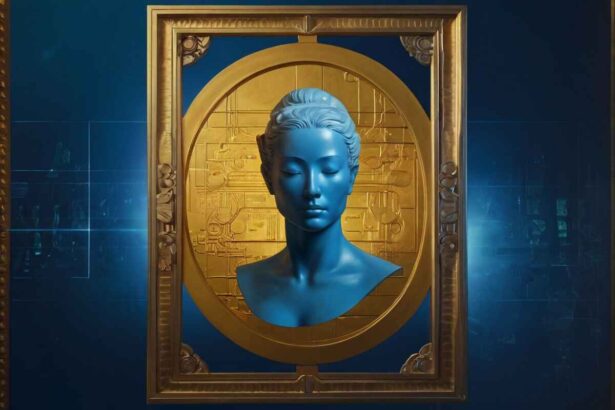Art has always been the foundation of human expression, showing culture, values, and desires throughout history. Preserving artworks presents exceptional challenges which require innovative solutions especially in the digital era where technology acts an increasingly significant role in the creation and dissemination of art.
Challenges in Art Preservation in the Digital Era
Deterioration and Decay
Environmental factors such as humidity, temperature changes and exposure to light can cause deterioration of artworks. In the digital realm, preservation of physical artworks becomes more challenging because digital files can become corrupted over time.
Digital Obsolescence
The rate at which technology is advancing can lead to the obsolescence of digital formats. As the technology advances, older formats may become incompatible with the modern softwares and hardwares, making it difficult to access and retrieve the contents in them. This can lead to loss of valuable arts and cultural heritage if there are no proper preservation measures taken.
Data Security and Privacy
Artwork ownership stored online are prone to cybersecurity risks like hacking, data breaches, and unauthorized access. Protecting sensitive information and ensuring the privacy of artists and collectors’ data are key concerns in the preservation of art. The risk of unauthorized access to digital archives and online galleries raises concerns about the security of personal and financial information associated with art transactions.
Read more on Artfi Genesis Airdrop Pass: A Success in Art Democratization and Tokenized Ownership
Solutions to Preserving Art Ownership in the Digital Age
Digital Archiving and Conservation
Executing powerful digital archiving and conservation measures is crucial for preserving art in the digital age. This includes creating high-quality artwork digital copies, implementing metadata standards for cataloging and using archival storage solutions to keep digital formats safe from loss or degradation.
Blockchain Technology
Blockchain technology gives a ledger system that is transparent and decentralized and can be leveraged to verify the authenticity, provenance and ownership of arts. Artists and collectors can set up a custody chain which is verifiable for their creations by recording their transactions on a blockchain that is tamper-proof. Solutions that are blockchain based offer greater security and transparency, curbing the risks associated with fraud and forgery in the art space.
Among the cutting-edge solutions in blockchain technology for art preservation is the introduction of Atomical digital objects. These are a novel form of Non-Fungible Tokens (NFTs) that can be minted, transferred, and updated directly on the Bitcoin blockchain, bypassing the need for centralized services or intermediaries. This innovation ensures a higher degree of decentralization and security in the ownership and provenance tracking of digital art pieces.
Secure Digital Platforms
Employing secure digital platforms and encrypted communication channels can protect sensitive information and ensure the privacy of artists and collectors’ data associated with traditional art. Powerful security approaches, like multi-factor authentication and encryption procedures enhance the integrity and confidentiality of physical art collections. Collaborating with respectable online platforms that prioritize the security and privacy of data aids in reducing the risks associated with storing and sharing traditional artworks.
Read more on Unlocking the Art World: Role of Blockchain in Empowering Emerging Artists
Artfi’s Fractionalization Approach
Artfi, is the leading startup in democratizing ownership of art utilizes the power of blockchain technology and fractionalization through collaborating with well known artists like Sacha Jafri and many more.
Artfi is a Web3 platform revolutionizing fine art collecting by fractionalizing prestigious high-value artworks into multiple NFTs available for public sale. 🙌
But how does this process work? Let's have a look 🧵 pic.twitter.com/yQtgAQ1y3f
— Artfi (@artfiglobal) March 25, 2024This fractionaization by Artfi allows fans and enthusiasts to possess a fraction of a masterpiece through acquiring ERC-20 tokens representing shares in the art. The tokens are issued on the Ethereum blockchain, facilitating trading and transfer of ownership while making sure transparency and security is maintained. Fractional ownership creates new opportunities for art collectors to invest in valuable artworks and expand their portfolios democratizing access to the art market.
Art preservation is not just about safeguarding masterpieces; it’s about democratizing access to cultural heritage for the coming generations. By leveraging blockchain technology, we’re not just preserving art; we’re redefining how art is owned, traded, and appreciated in the digital age.
Asif Kamal, Founder & CEO of Artfi
Conclusion
The challenges of preserving art and its ownership in the digital era can be overcome by embracing technology and leveraging solutions based on the blockchain making a way for a more inclusive and sustainable art ecosystem.
Artfi’s innovative approach makes sure that artistic masterpieces continue to inspire and captivate audiences for generations to come.




















